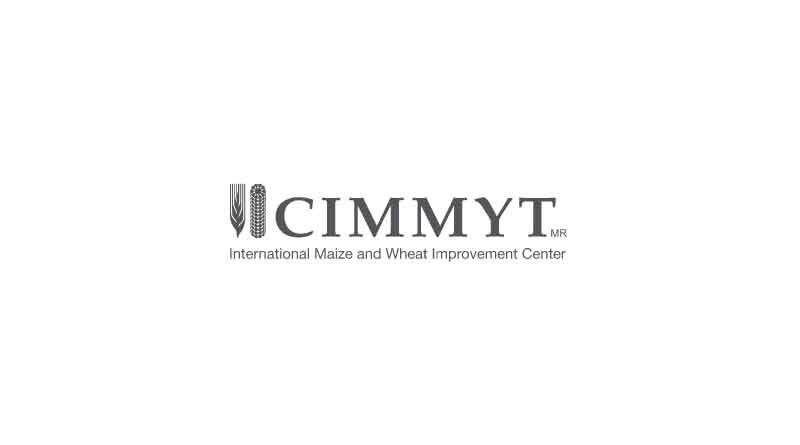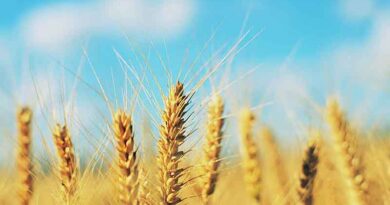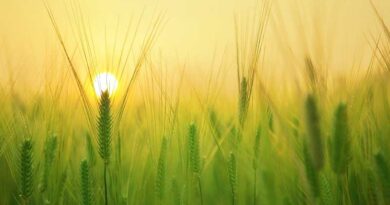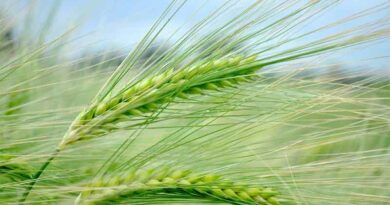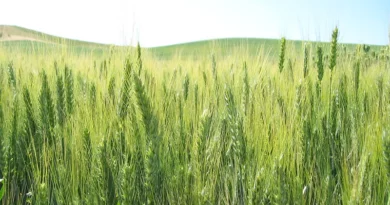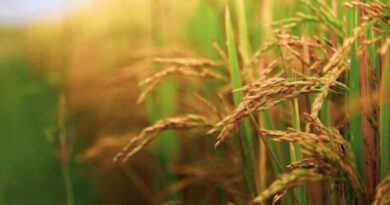A deceptively simple hack boosts wheat yields in Bihar
20 February 2023, Bihar: As a warming planet desiccates crops around the world, threatening livelihoods and nutrition, farmers in Bihar, India, are boosting their wheat yields with a deceptively simple adaptation.
“Farmers can plant their wheat crop several weeks earlier, so that their wheat matures earlier and they are able to harvest their wheat before the heat gets bad,” said Amit Kumar Srivastava, a scientist with the International Rice Research Institute in India. “Traditionally, farmers in Bihar planted their wheat in mid-December. This put their crop at risk of what’s called ‘terminal heat’ – high heat during a critical growth stage that impacts the yields. We’ve advised them to begin planting by November 20.”
Bihar is blessed with good soil and adequate water resources. But its yields have been lagging below India’s average. Today, the average hectare of Bihar farmland produces 2.9 tons of wheat – significantly below the average yield in India of 3.4 tons.
Rising heat threatened to reduce this harvest even further. Wheat, like people, can suffer from heat stress. Researchers have found that an increase of just one-degree Celsius cuts wheat yields by 6%. In high heat conditions, wheat produces fewer, smaller grains, potentially impacting nutrition and livelihoods. Bihar, one of the poorest states in India, is considered a climate change hotspot and temperatures are expected to rise by up to 1 degree Celsius by 2050. India can ill afford declining farm yields. In fact, it needs to increase its wheat yields from around 110 million tons to 140 million tons by 2050 just to keep pace with domestic demand.
This seemingly simple adaptation was actually quite complicated to develop, explained Sonam Sherpa, a spatial agronomist with the Sustainable Agrifood Systems Program of the International Maize and Wheat Improvement Center. “It required researchers to look at the agricultural system as a whole. We had to understand why farmers were planting so late. And we learned it was because they were waiting for their rice crop to mature. And they couldn’t plant their rice crop earlier because they were waiting for the monsoon rains, which are unpredictable in Bihar. Understanding the system as a whole, led us to recommend a rice variety that matures earlier and to develop weather forecasting tools and systems that can communicate with farmers when the monsoon rains are expected. That will help farmers move forward with planting their rice earlier, allowing for an earlier harvest. And then planting and harvesting their wheat earlier.”
To demonstrate the potential of this shift, researchers established demonstration fields throughout the state and brought government officials and farmers to see the difference.
It was striking. Across the state, farmers who adopted early rice harvesting and early wheat planting grew nearly one ton more of wheat on each hectare than those who planted late – a 36% increase in yield. At the most extreme ends of the planting spectrum the difference in yield is hard to overstate; the difference in yields between the wheat planted in early November versus the wheat planted in late December was 69%. That’s enough of a boost to turn Bihar from a net wheat importer to a breadbasket for the region.
“Seeing is believing,” said Srivastava. As of the 2020-21 wheat growing season, an estimated 22% of farmers in the target districts – about half a million farmers with an estimated 0.83 million hectares of land – have shifted to different varieties of rice that allow them to plant their wheat earlier. Similar gains could be seen elsewhere in Eastern India, research indicates, if the rice-wheat system is managed as a system.
Researchers also established relationships with private sector seed distributors who often advise farmers and help them identify and adopt different varieties of rice that allow for earlier harvesting. “The lesson here is that even with climate change, we can increase production by optimizing agricultural systems,” said Srivastava.
Also Read: Best Agrolife launches 8 new formulations
(For Latest Agriculture News & Updates, follow Krishak Jagat on Google News)

